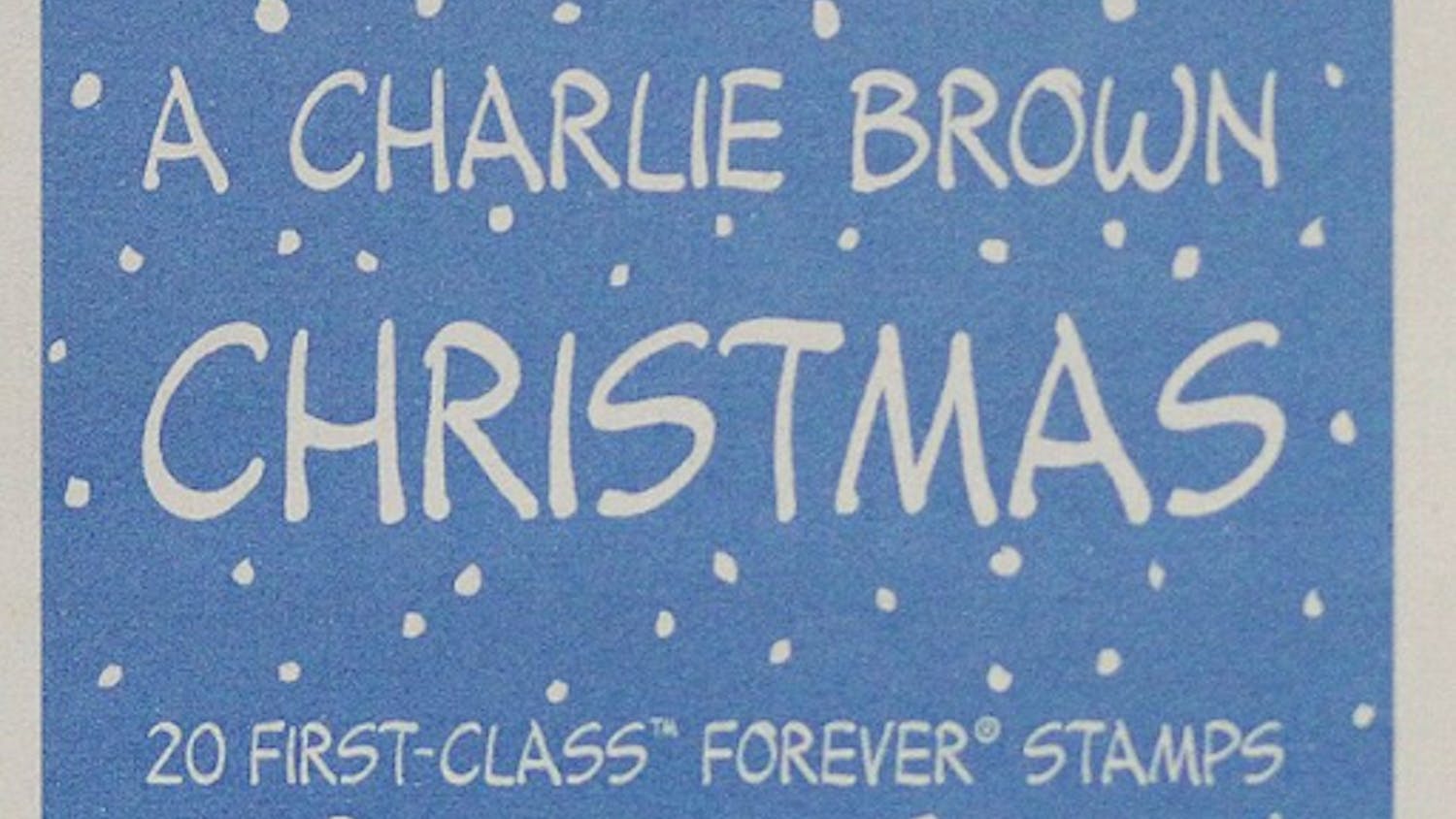EDITOR’S NOTE: This column contains spoilers.
The reign of Fox’s Friday night animation line-up is over.
For years, programs full of shallow writing and cop-out comedy have remained at the forefront of the adult animation community. Seth Macfarlane has been able to build an empire full of fart jokes, visual gags and lazy cultural references.
But move over “Family Guy,” there’s a new challenger fighting for the crown, and it has a rightful claim to the throne.
Netflix’s “Bojack Horseman” should be the standard for adult animation.
The series, which concluded its sixth and final season on Jan. 31, was able to demonstrate such a momentous level of writing and character development, that it raises the standard for what should be funded by production companies moving forward. The show follows the life of former ‘90s sitcom star, Bojack Horseman, as he maneuvers through modern-day “Hollywood” and is pushed to come to terms with his declining social relevance
But the show is so much more than that.
On its surface, the show explores substantially real themes like substance abuse, sexism, trauma and depression. Yet throughout its relatively short run, it also threads a variety of other ideas through its characters and subplots. It’s able to explore serious concepts like abortion and coming to terms with one’s sexuality, yet still balance enough humor to keep viewers entertained.
But despite its brilliant writing and performances, it’s understandable that the show may not appeal to all audiences. There will always be people who shy away from programming that confronts the reality of making –– sometimes substantial –– mistakes.
Bojack is a sexist, ego-centric addict who was never really expected to grow up and take responsibility for himself. These ideas continue throughout the show, while viewers suffer through watching him relapse into drugs, alcohol and narcissism.
It is always a challenge to pitch a show based around a troubled anti-hero, and creator Raphael Bob-Waksberg knew he had to balance its levels of ridiculous humor with introspective, serious messages.
During an interview with NPR, Bob-Waksberg said, “It’s not that you're necessarily making light of the horrifying circumstances, just that you use your humor to survive.”
But that’s why so many fans relate to the balance between the two extremes, since it’s able to mirror so much of their realities.
While the show is pivoted around Bojack’s character, it still develops a variety of substantial side characters, each with their own story and flaws, and the series finale was able to tie up its remaining character arcs and plots, yet still end with the understanding that the characters' lives will continue to progress.
While I was disappointed when hearing the series was cancelled, I now realize it was vital for the show to continue with just enough time for the script writers to develop a satisfying ending. Although Matt Groening seems to be content with running “The Simpsons” into the ground, there is not a single television show that needs 30 seasons, “Bojack Horseman” included.
A common trope that seems to exist across all of the entertainment market is the overextension of a popular television series. Between “The Office” and “That 70’s Show” or “Family Guy” and “Rick and Morty,” when a series continues beyond its character arcs, it muddles any of the spark it may have brought through its original storyline.
Bob-Waksberg was able to harness a nearly-perfect three-act narrative for all of the shows characters. Each felt grounded in reality –– whether it was Princess Carolyn balancing her personal and professional life or Todd regaining a relationship with his mother or Diane being able to control her looming depression –– each character was able to fulfill a long-term goal that had been set throughout their introduction.
Every character except Bojack.
But that’s okay. In fact, that’s what makes the finale so great.
Throughout the show, viewers find themselves conflicted about whether or not to root for Bojack to succeed. While he is the titular protagonist, he isn’t framed in a heroic light. He isn’t the hero of the series, but that doesn’t make him the villain either. Through his highs and his very low-lows, he is framed as a caricature of a real, troubled person.
His lack of a perfectly wrapped-up ending demonstrates the cyclical nature of his life and his faults, and the potential growth he could make after having everyone in his life move on from him.
The viewer hopes he will try, but they also know the pattern.
And the series’ great writing and character development is what will make it go down in history as an example of what television producers should be looking for, and what consumers should be demanding.
Samantha Vargas is the opinion editor and can be reached at opinion@ubspectrum.com

Samantha Vargas is the senior features editor, an English/film studies double major with a minor in media study. She spends her free time finding shows around Buffalo and hanging out with her cat.





